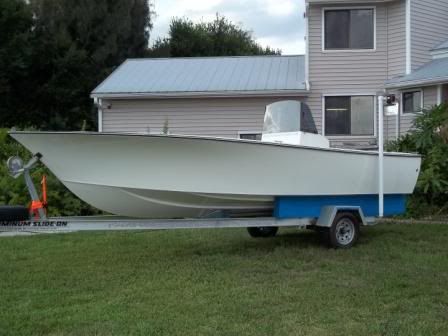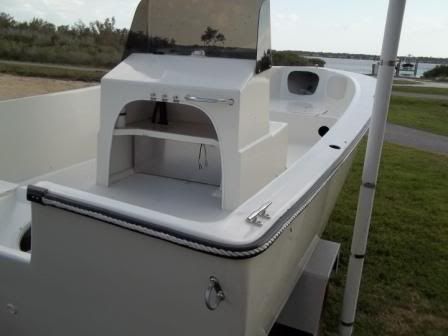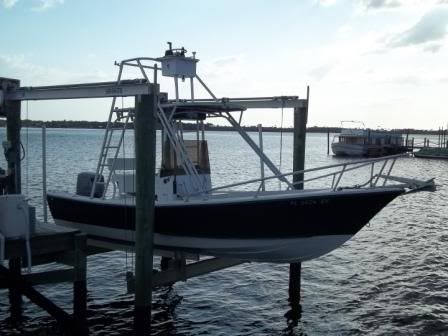
 |
|
#1
|
|||
|
|||
|
First let me thank everyone for a great site. It has been so much help so far. I just purchased a 1969 20' Seacraft. Hull already has been redone. Getting ready to add power. A few questions:
What size outboard? I have a deal on a 2000, 100 HP Yamaha (4 stroke)for $2250 or a brand new E-tec 150 for $10,800. Would like to use the 100 if it will push it. Also have a concern of weight. The center console, and the fuel tank are about 3/4 the way back on the boat. Is this normal? Here are a few boat porn pics of her:    Also of my 1974 Dorado 22. She is jealous:  Thank yall |
|
|